Home>Furniture & Design>Living Room Furniture>How To Sit In A Recliner After Knee Replacement


Living Room Furniture
How To Sit In A Recliner After Knee Replacement
Modified: August 28, 2024
Learn the proper way to sit in a recliner after knee replacement surgery. Find comfortable living room furniture and design tips for a smooth recovery.
(Many of the links in this article redirect to a specific reviewed product. Your purchase of these products through affiliate links helps to generate commission for Storables.com, at no extra cost. Learn more)
Introduction
Welcome to the ultimate guide on how to sit comfortably in a recliner after undergoing knee replacement surgery. Recovering from such a procedure can be challenging, and finding the right seating arrangement is crucial for your comfort and well-being. In this comprehensive article, we will explore the essential steps to prepare for sitting in a recliner, the factors to consider when choosing the right recliner, and the use of pillows and cushions for added support. Additionally, we will delve into the techniques for getting in and out of the recliner, along with valuable tips for ensuring both comfort and safety during this process.
Recovering from knee replacement surgery requires patience and care, and the way you sit and rest can significantly impact your recovery journey. By understanding the proper methods and strategies for utilizing a recliner, you can enhance your comfort and promote healing. Whether you are preparing for your own recovery or seeking guidance for a loved one, this article is designed to provide practical insights and valuable tips to make the process as smooth and comfortable as possible.
Let's embark on this journey together and discover the best practices for sitting in a recliner after knee replacement surgery. Whether you are a patient, caregiver, or healthcare professional, the information shared here aims to empower you with the knowledge needed to create a supportive and comfortable environment during the recovery period. So, without further ado, let's dive into the details and make your recliner the perfect spot for relaxation and healing.
Key Takeaways:
- Choose a recliner with sturdy construction, adjustable features, and ample support to enhance comfort and safety after knee replacement surgery.
- Utilize pillows strategically to provide lumbar, leg, and arm support, promoting a more relaxed and ergonomic sitting position in the recliner.
Preparing for Sitting in a Recliner
Before settling into a recliner after knee replacement surgery, it’s essential to ensure that the environment is conducive to your comfort and safety. Here are some crucial steps to prepare for sitting in a recliner:
- Clear the Path: Make sure the area around the recliner is free of obstacles. Clear any clutter or objects that could pose a tripping hazard, allowing for easy and unobstructed access to the recliner.
- Adjust the Recliner: Position the recliner in a way that minimizes the need to bend or strain your knees when getting in or out. This may involve adjusting the placement of the recliner within the room to create ample space for movement.
- Gather Supportive Pillows: Have a selection of supportive pillows and cushions on hand to provide added comfort and elevation as needed. These can help in maintaining proper alignment and reducing pressure on the knees while seated.
- Keep Essentials Nearby: Prepare a small table or caddy near the recliner to hold essential items such as water, medications, reading materials, or any other items you may need within easy reach.
- Secure Assistance if Needed: If your mobility is limited following the surgery, consider having a family member, friend, or caregiver available to assist you in getting in and out of the recliner, especially during the initial stages of recovery.
By taking these preparatory measures, you can create a comfortable and accessible space for using the recliner as part of your recovery routine. Ensuring a clear and safe environment, along with having the necessary support and assistance readily available, sets the stage for a smooth and comfortable experience when sitting in a recliner after knee replacement surgery.
Finding the Right Recliner
Choosing the right recliner is a crucial step in creating a comfortable and supportive seating arrangement after knee replacement surgery. Here are essential factors to consider when selecting a recliner:
- Support and Comfort: Look for a recliner that provides ample support for your back, neck, and legs. Opt for cushioning that offers both comfort and firmness, as this can help alleviate pressure on your knees while sitting.
- Adjustability: Consider a recliner with adjustable features, such as customizable reclining positions and footrest elevation. This flexibility allows you to find the most comfortable and supportive configuration for your specific needs.
- Sturdy Construction: Prioritize recliners with a sturdy and stable frame to ensure safety and durability. A robust construction can provide the stability needed for getting in and out of the recliner with ease.
- Size and Proportions: Take into account the dimensions of the recliner in relation to your body size and the available space in your living area. Ensure that the recliner fits comfortably within the room and accommodates your body in a supportive manner.
- Ease of Operation: Look for a recliner with user-friendly mechanisms for adjusting the positions and features. Smooth and effortless operation can contribute to a more comfortable and convenient experience.
- Additional Features: Explore recliners with extra features such as heat and massage functions, USB charging ports, or side pockets for convenient storage. These added amenities can enhance your comfort and overall relaxation while seated.
By carefully considering these factors, you can make an informed decision when choosing a recliner that caters to your specific post-surgery comfort needs. The right recliner can become a supportive and comforting ally during your recovery, providing a soothing and accommodating space for rest and relaxation.
Using Pillows and Cushions for Support
Utilizing pillows and cushions strategically can significantly enhance the comfort and support provided by a recliner after knee replacement surgery. Here are effective ways to use these accessories for added comfort:
- Lumbar Support: Place a cushion or specially designed lumbar roll at the small of your back to maintain proper spinal alignment and reduce pressure on the lower back and hips.
- Elevation for Legs: Use pillows or a leg wedge to elevate your legs slightly while seated, promoting healthy circulation and reducing strain on the knees. Ensure the elevation is gentle and comfortable, without causing any additional discomfort.
- Under-Seat Support: Place a cushion or folded blanket under the seat of the recliner to provide extra padding and support, especially if the recliner’s cushioning is not as firm as desired.
- Armrest Comfort: Utilize small pillows or cushioned armrest covers to enhance the comfort of the recliner’s armrests, reducing pressure on the arms and shoulders while seated.
- Neck and Head Support: If the recliner’s headrest is not adequately supportive, consider using a neck pillow or small cushion to provide additional comfort and alignment for the neck and head.
By incorporating these pillow and cushion arrangements, you can tailor the recliner to provide optimal support and comfort, addressing specific areas of concern and promoting a more relaxed and ergonomic sitting position. Experiment with different combinations and placements to find the most comfortable and supportive configuration for your individual needs.
When sitting in a recliner after knee replacement, make sure to use a firm pillow or cushion to support your lower back and keep your knees at a 90-degree angle to avoid putting strain on your new knee.
Getting In and Out of the Recliner
Mastering the technique for getting in and out of a recliner after knee replacement surgery is essential for ensuring a smooth and safe transition. Here are the recommended steps for navigating this process:
- Assess Your Comfort Level: Before attempting to sit or stand from the recliner, ensure that you are in a comfortable and stable position, with any necessary pillows or supports in place.
- Slide to the Edge: Sit on the edge of the recliner seat, keeping your feet flat on the floor and your knees aligned with your hips. Use your hands for support on the armrests or the seat itself.
- Engage the Recliner: If the recliner has a motorized or manual reclining mechanism, adjust it to a position that allows for easier entry and exit, minimizing the need to bend your knees excessively.
- Push Up with Your Arms: Use your arms to push yourself up from the seated position, gradually transferring your weight from the recliner to your feet. Take it slow and steady, allowing your muscles and joints to adjust as you rise.
- Use Assistance if Needed: If you experience any difficulty or discomfort while getting in or out of the recliner, don’t hesitate to seek assistance from a caregiver or family member, especially during the initial stages of recovery.
- Maintain Proper Posture: As you stand up or sit down, focus on maintaining good posture and balance, keeping your back straight and using supportive handholds as needed to steady yourself.
By following these steps and taking a cautious and deliberate approach to transitioning in and out of the recliner, you can minimize strain on your knees and promote a safer and more comfortable experience. It’s essential to listen to your body and proceed at a pace that feels comfortable and manageable, allowing for a smooth and supported movement in and out of the recliner.
Read more: How To Sit In A Recliner With Sciatica
Tips for Comfort and Safety
Ensuring both comfort and safety while using a recliner after knee replacement surgery is paramount for a smooth and supportive recovery experience. Here are valuable tips to enhance your comfort and promote safety:
- Regular Position Changes: Avoid remaining in one position for extended periods. Make a conscious effort to shift your seating position and adjust the recliner’s settings to prevent stiffness and promote circulation.
- Stay Hydrated: Keep a water bottle within reach to stay adequately hydrated while seated in the recliner. Proper hydration is essential for overall well-being and aids in the healing process.
- Gentle Leg Exercises: Incorporate gentle leg movements and exercises recommended by your healthcare provider to promote circulation and prevent stiffness while seated in the recliner.
- Utilize Heat or Cold Therapy: If advised by your healthcare professional, consider using heat or cold packs to soothe any discomfort or swelling in the knee area while seated in the recliner.
- Engage in Deep Breathing: Practice deep breathing exercises while seated to promote relaxation and reduce stress, enhancing your overall comfort and well-being.
- Keep Surroundings Well-Lit: Ensure that the area around the recliner is well-lit to prevent tripping hazards and provide a comfortable and inviting environment for relaxation.
- Follow Post-Surgery Guidelines: Adhere to the specific instructions and guidelines provided by your healthcare team regarding sitting and resting positions following knee replacement surgery.
- Communicate Any Discomfort: If you experience persistent discomfort or have concerns about your sitting position or the use of the recliner, communicate with your healthcare provider to address any issues promptly.
By incorporating these tips into your recliner usage routine, you can prioritize both your comfort and safety while promoting a supportive environment for your recovery journey. Remember to consult with your healthcare provider regarding any specific recommendations tailored to your individual post-surgery needs.
Conclusion
As you embark on the path to recovery after knee replacement surgery, the way you sit and rest plays a crucial role in your comfort and healing. By following the guidelines and tips outlined in this comprehensive guide, you can create a supportive and comfortable environment for using a recliner during this phase of your recovery journey.
From preparing the space around the recliner to selecting the right seating option and using pillows and cushions for added support, each step contributes to enhancing your comfort and promoting a smooth transition into and out of the recliner. Additionally, incorporating the recommended tips for comfort and safety ensures that your recliner becomes a nurturing space that supports your well-being as you heal.
Remember, your comfort and safety are of the utmost importance. Listen to your body, communicate any concerns with your healthcare provider, and make adjustments as needed to create an environment that promotes relaxation and healing. Whether you are spending brief periods or extended hours in the recliner, the strategies and techniques shared here are designed to optimize your comfort and support your recovery journey.
As you settle into the recliner, let it become a sanctuary where you can find solace, relaxation, and relief. Embrace the opportunity to rest and rejuvenate, knowing that you have taken the necessary steps to ensure that your sitting experience is conducive to your comfort and well-being.
May your journey to recovery be filled with moments of comfort, progress, and the unwavering support of those around you. Here’s to a restful and rejuvenating experience in your recliner as you navigate the path to healing and renewed mobility.
Frequently Asked Questions about How To Sit In A Recliner After Knee Replacement
Was this page helpful?
At Storables.com, we guarantee accurate and reliable information. Our content, validated by Expert Board Contributors, is crafted following stringent Editorial Policies. We're committed to providing you with well-researched, expert-backed insights for all your informational needs.
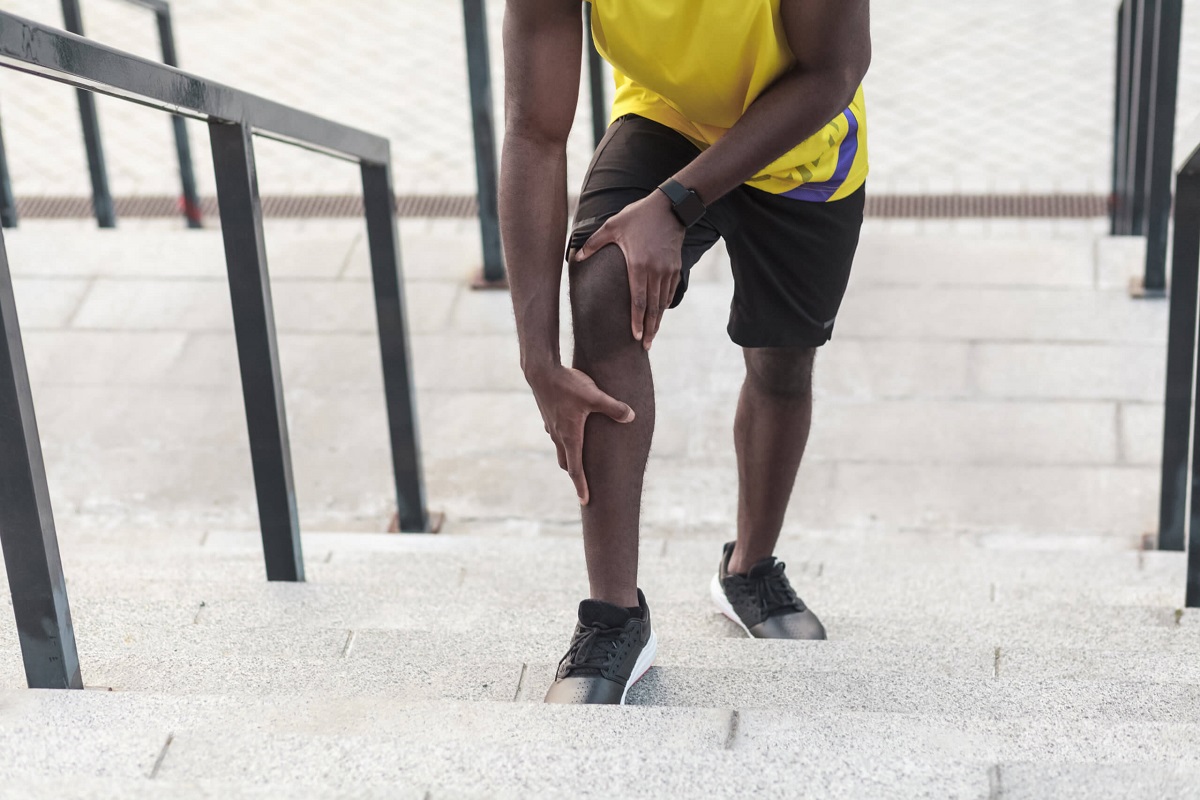
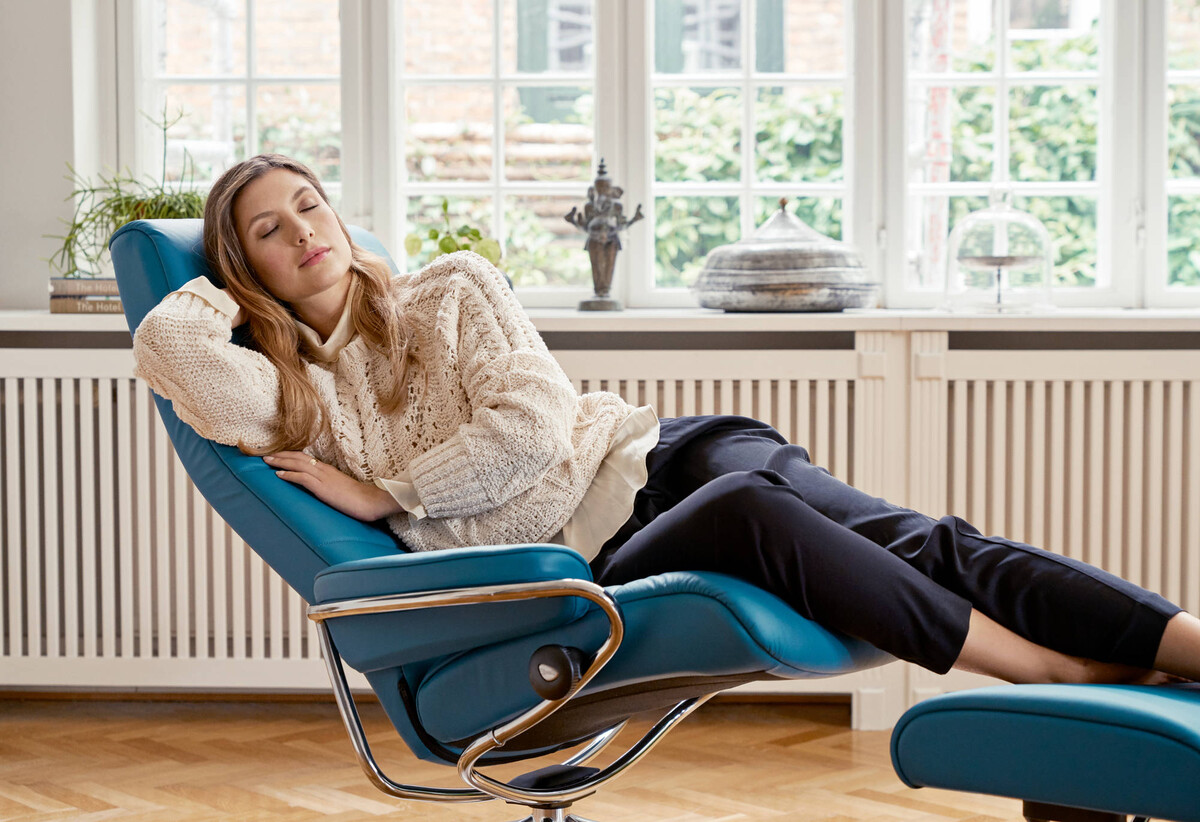
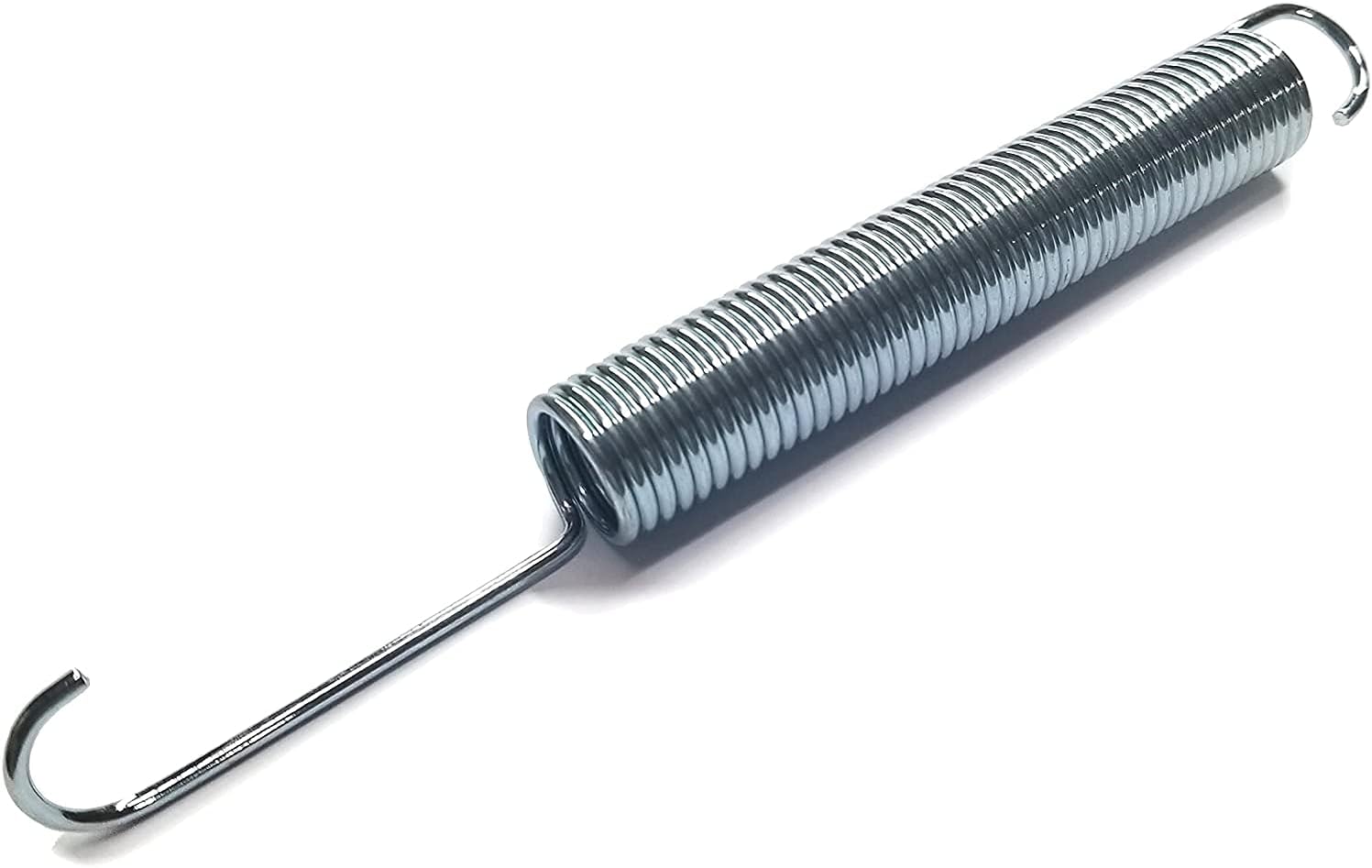
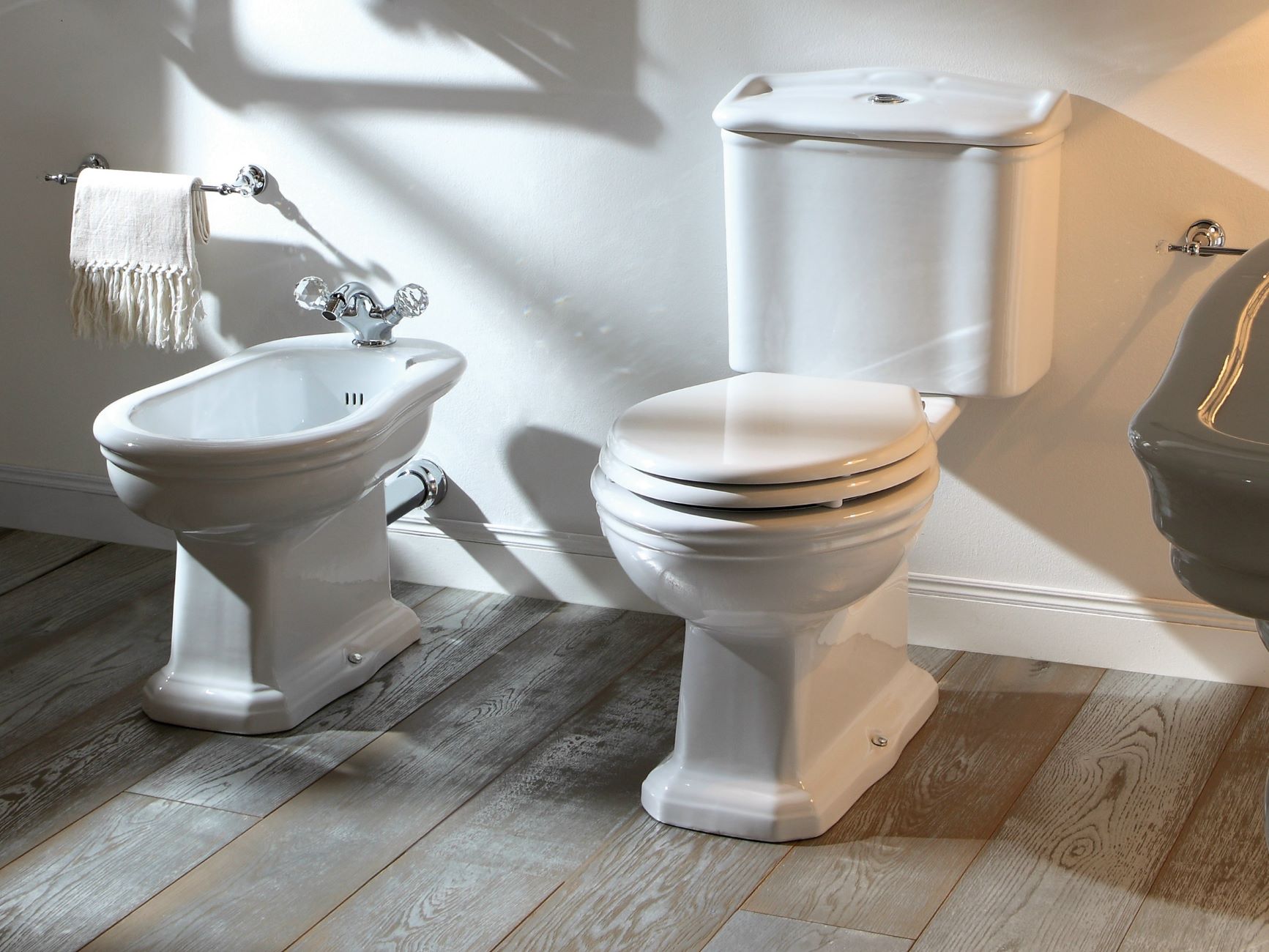

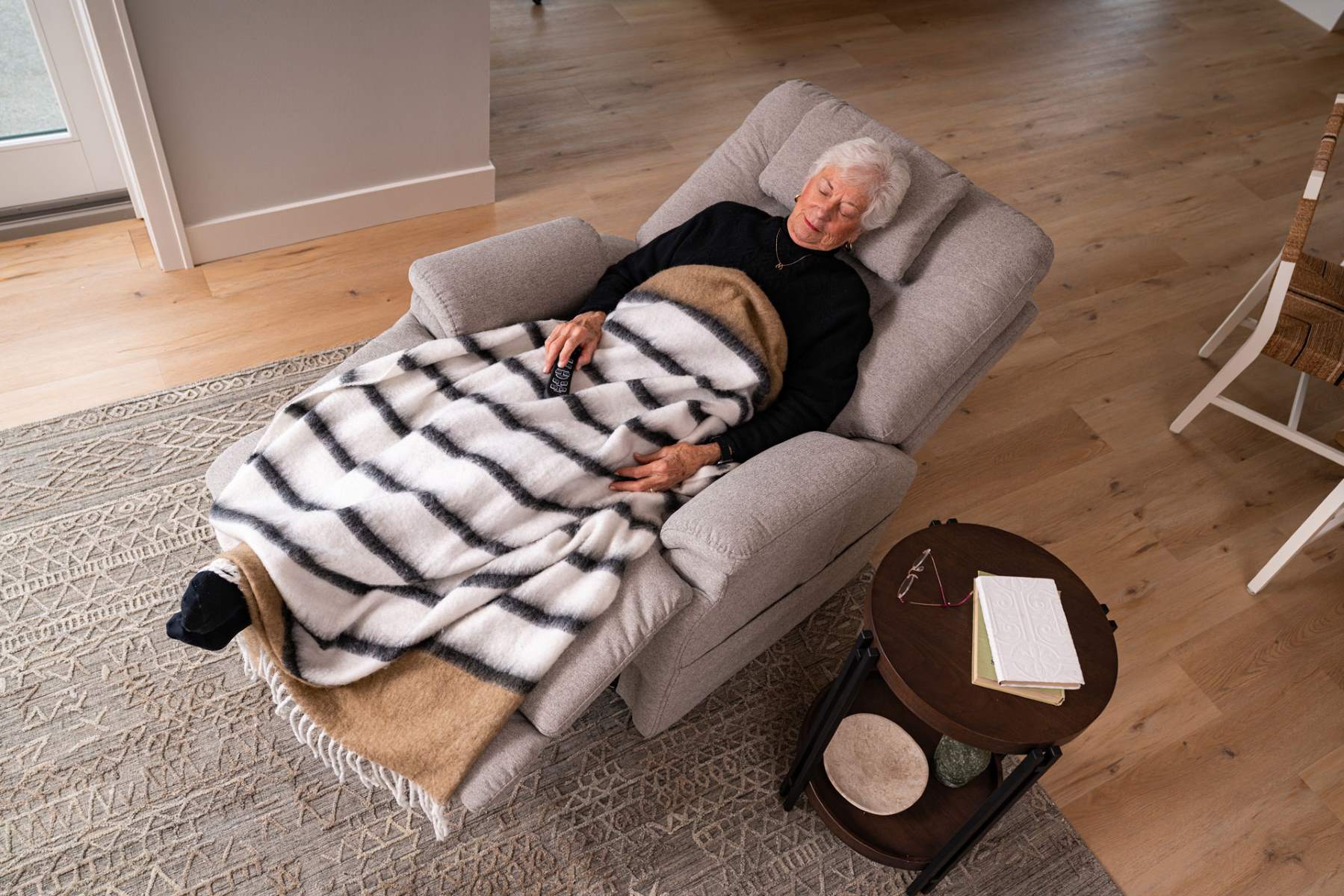
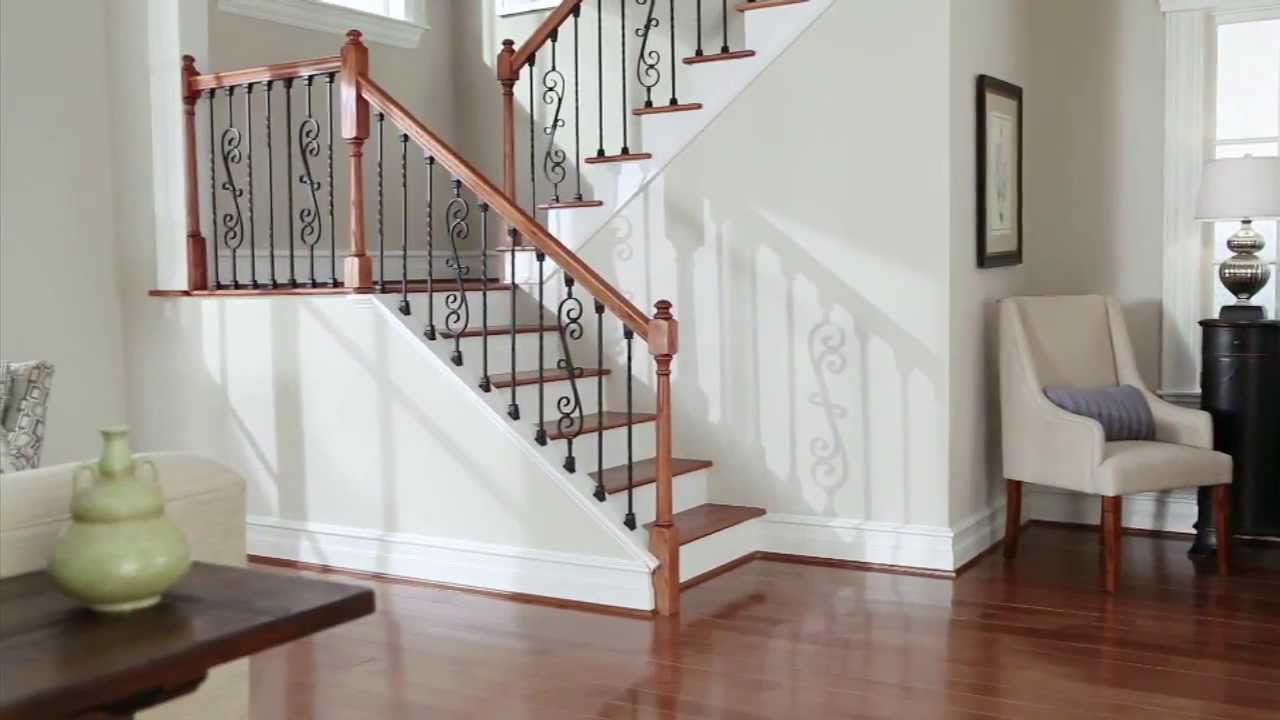
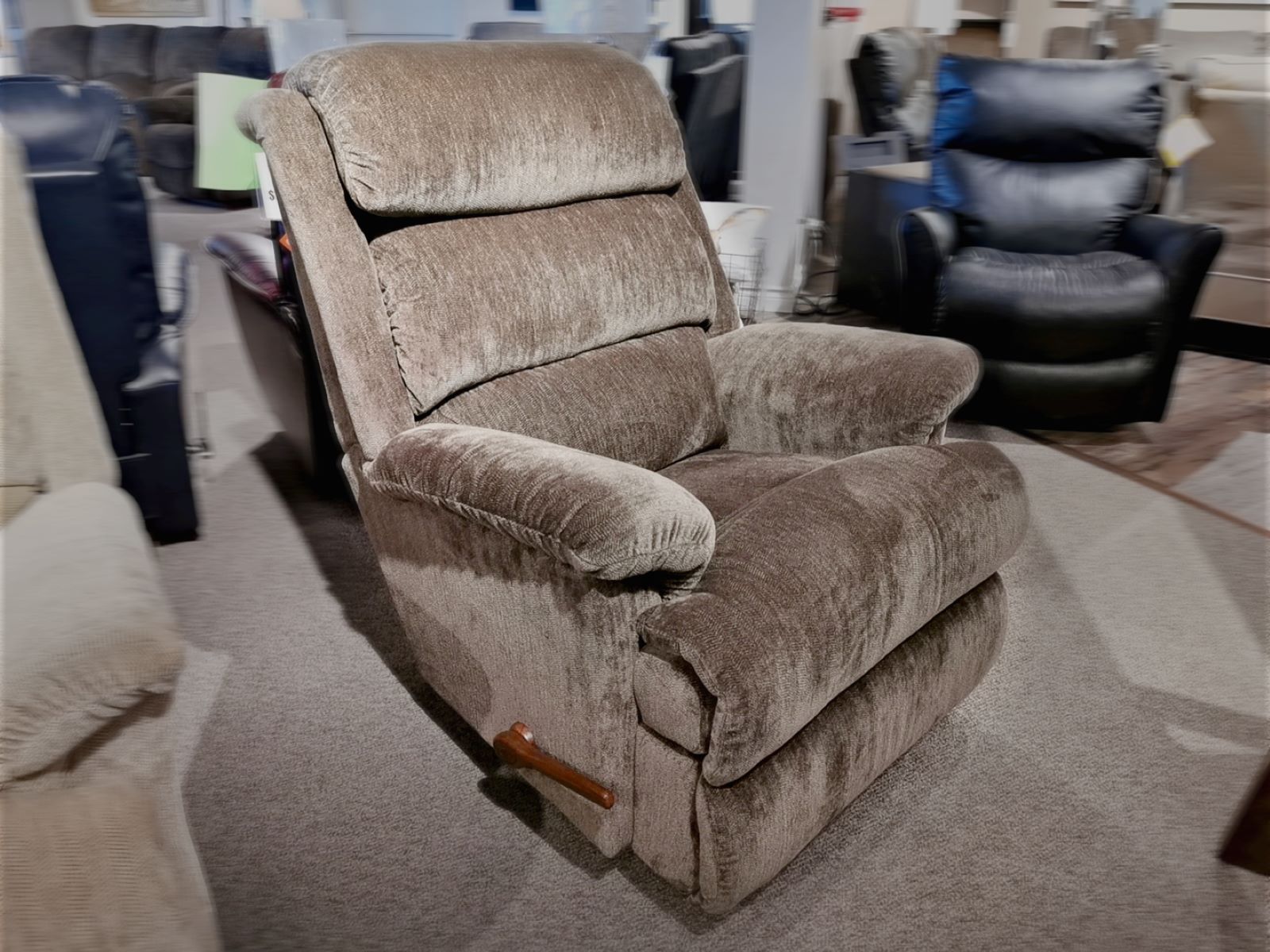

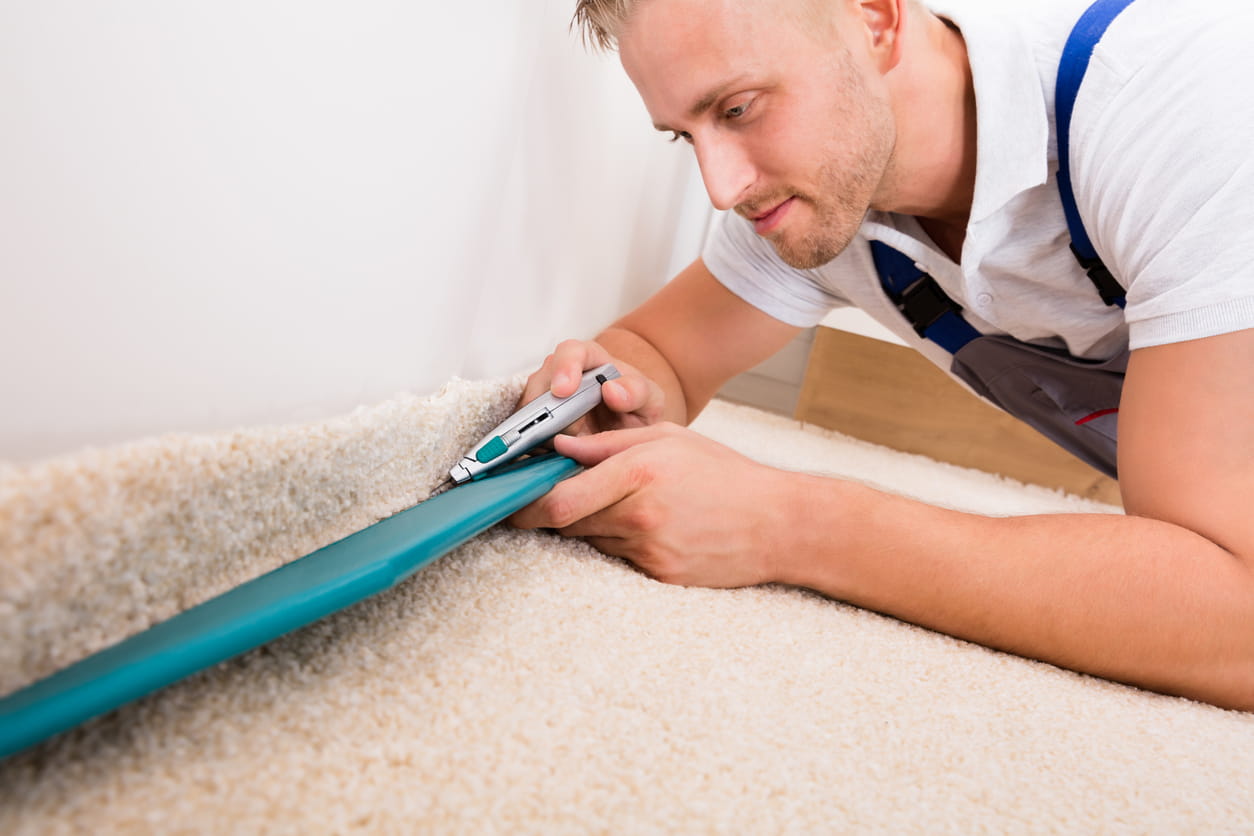
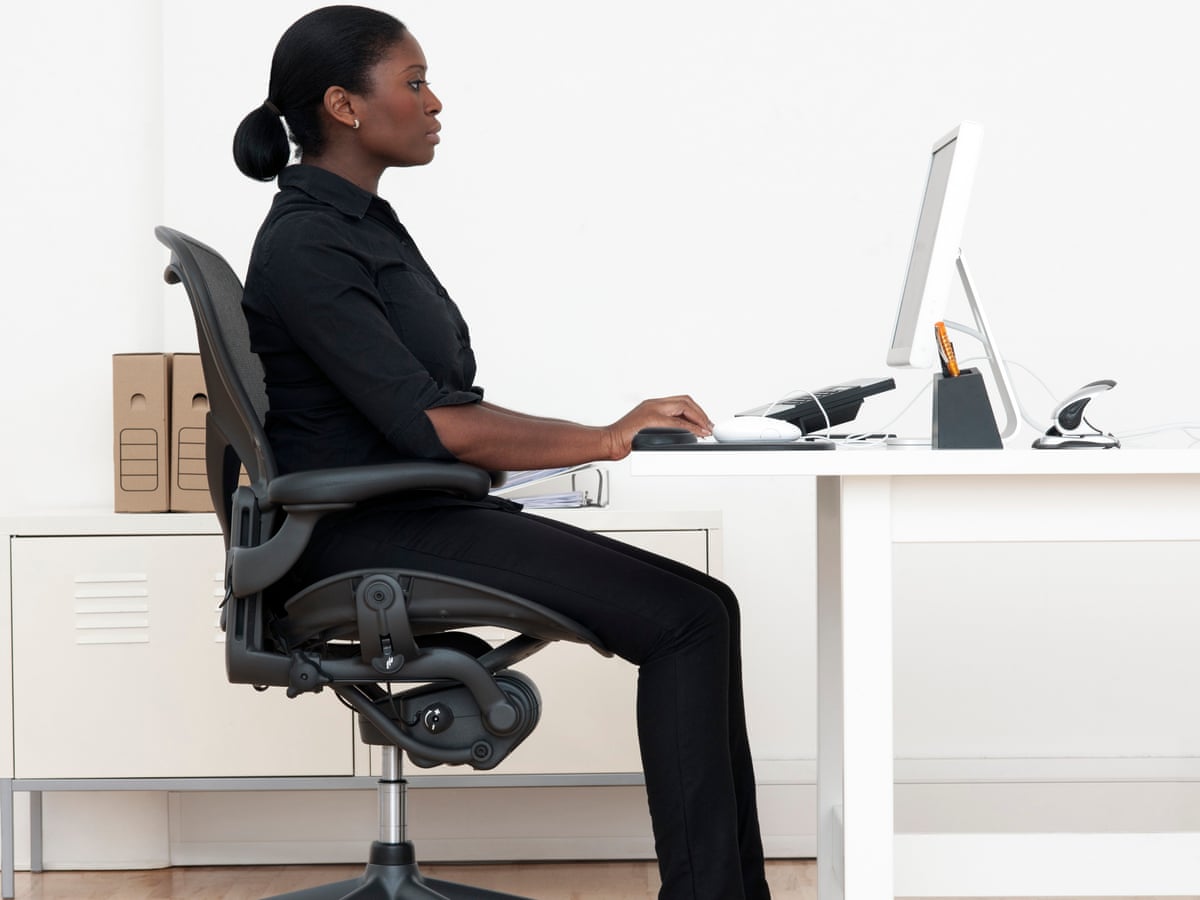
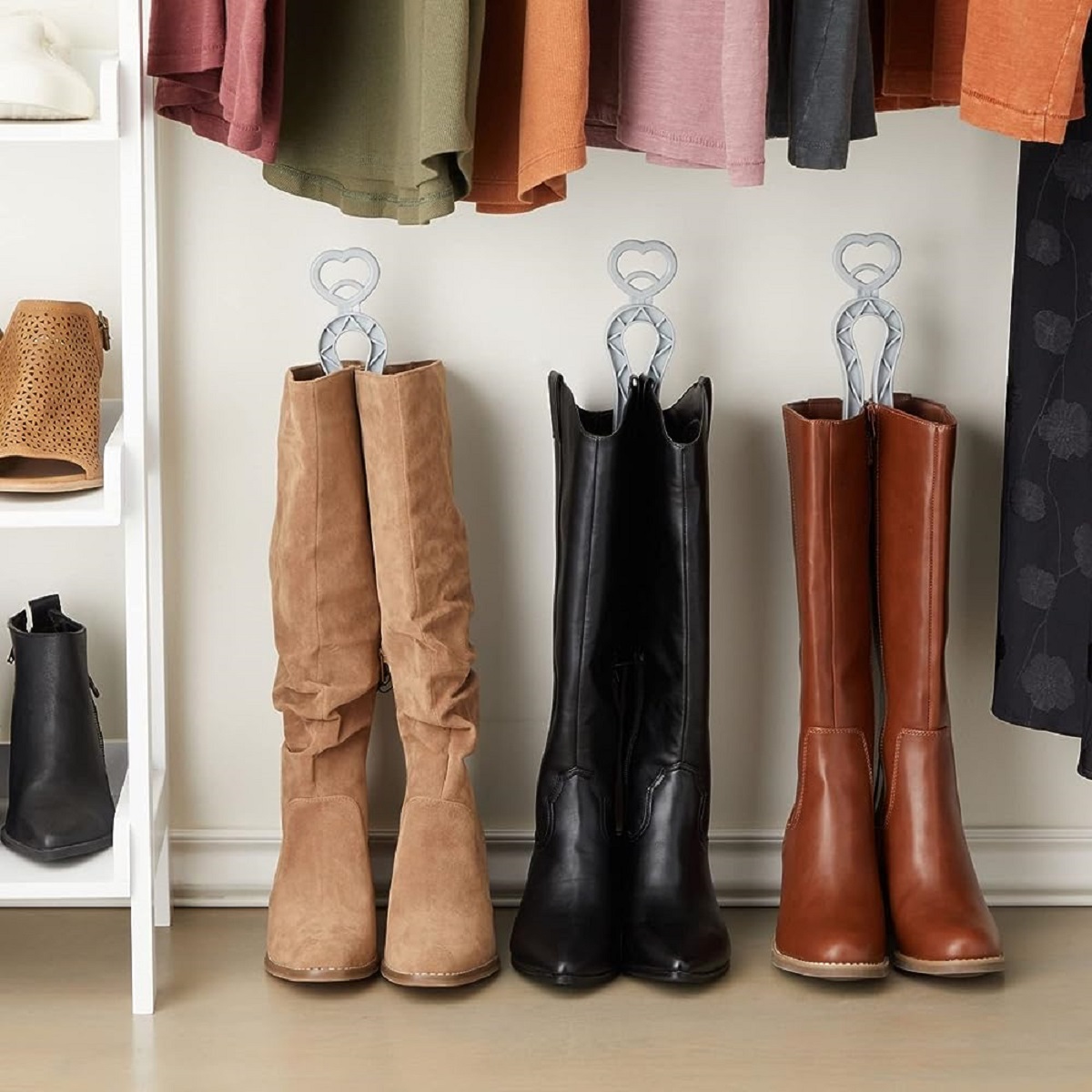



0 thoughts on “How To Sit In A Recliner After Knee Replacement”